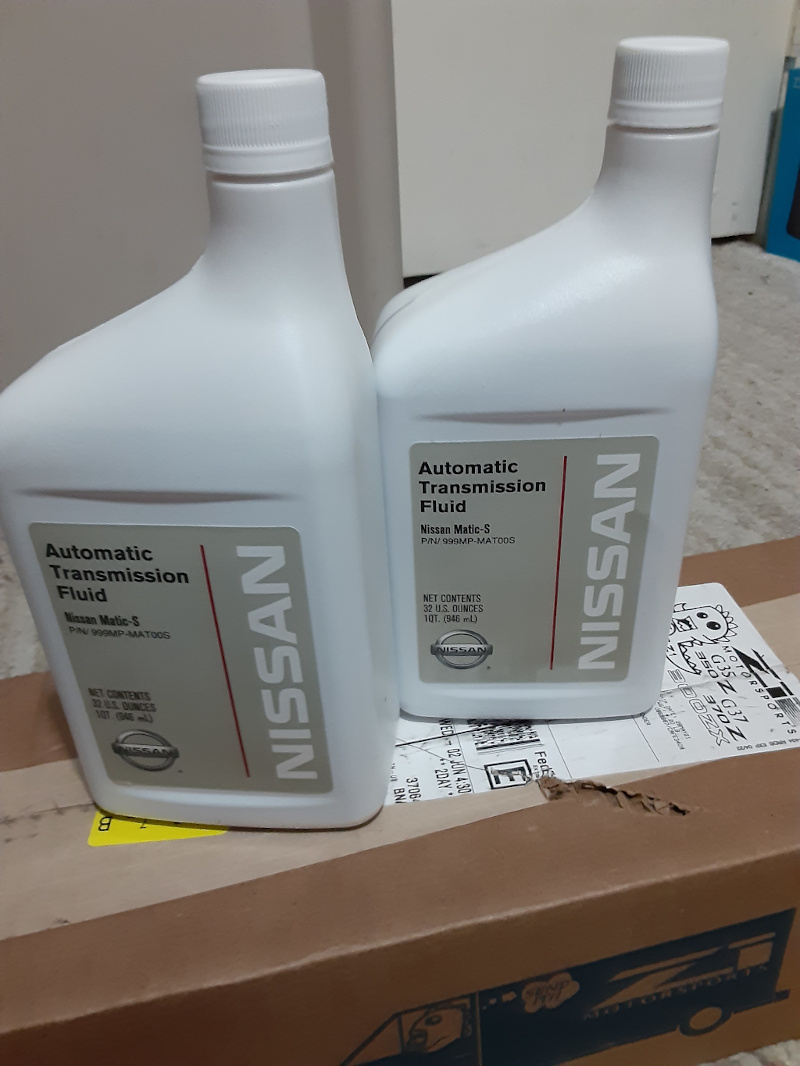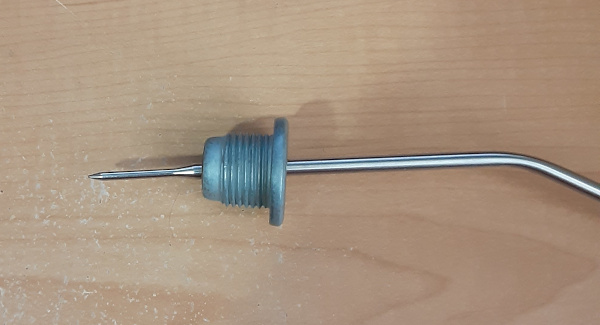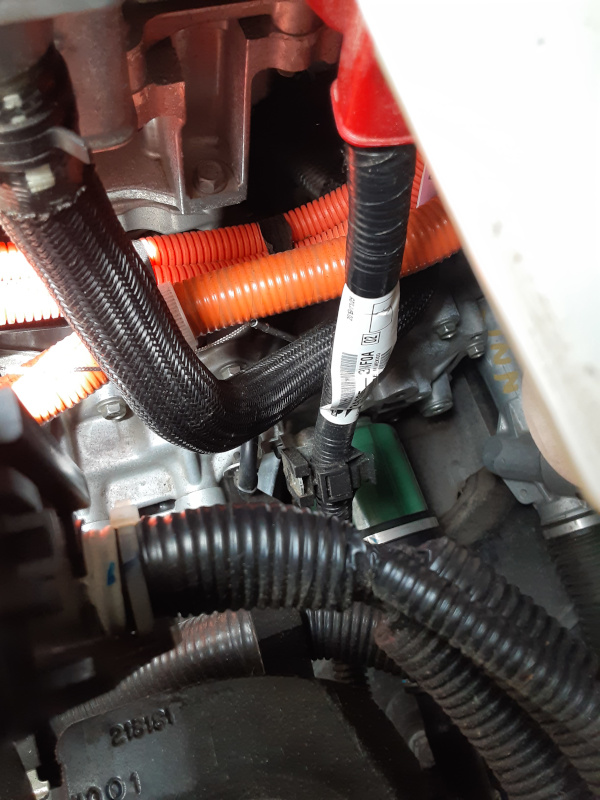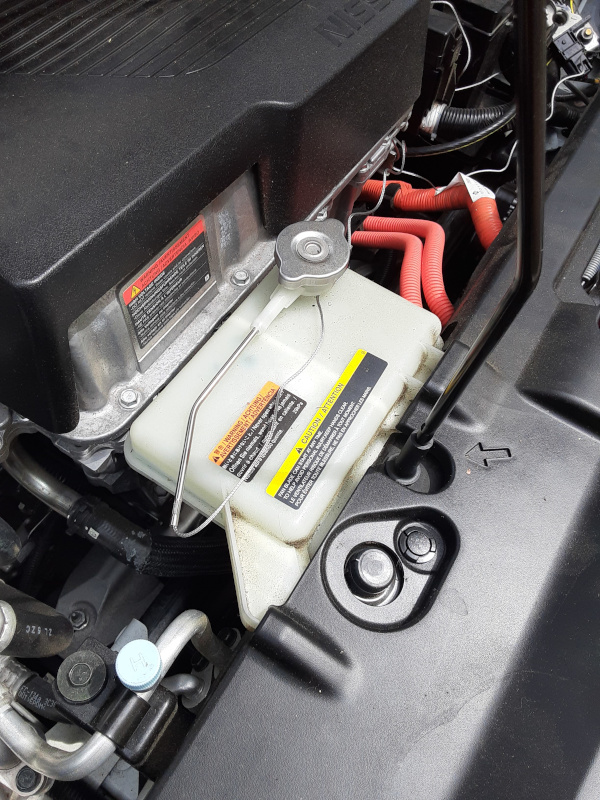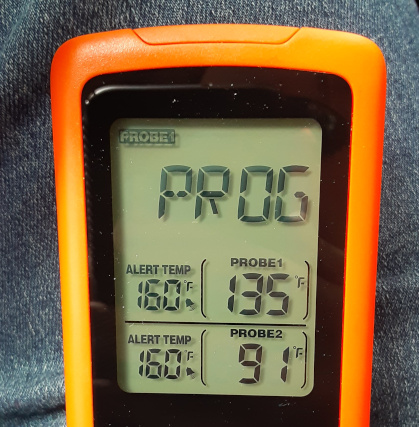Ok, had a full day to really play around with this. It is interesting data.
Normal, stop and go traffic, AC running, kind of hot and humid day, the gear oil temperature stays right at around 140F. The coolant temperature never gets above 100F, usually goes between 90F and 100F, on the high part with AC going, hangs around the low 90s with the AC off (makes sense). Highway/Interstate driving (+70 MPH), now that can raise it all the way up to 160F, especially if you drive aggressive, it's easy to quickly reach that temperature. Oddly enough, I could never get it to go *past* that temperature no matter how much I aggressively raced down the highway. That also raises the coolant temperature right up to the 100F mark, but never more.
Now, the interesting part. I exit the highway from my +70 MPH (10 mile) test run, waiting at the stop light on the exit ramp. During that 1 minute wait the gear oil temperature drops from 160F to around 140F in that short of time. I'm not moving, so I'm not plowing air into the front of the car. It's still 85F outside, sunny too. I don't know how much thermal mass the whole "motor/inverter/charger" block has, but my gut feeling tells me some aggressive cooling is going on under the hood.
I guess my next research goal is the cooling pump and the fans for the grille, to see how much power they can use, do they have variable speeds. I know the fans do, I've heard them run on a low and high settings. I don't know if the coolant pump is variable or it if just has one on/off setting. The cool down time (from turning the car off) from 140F is a long time, like 15 minutes later and the gear oil temperature is still +120F with the outside temperature now 72F (night time)
More to come, this is interesting to observe...


